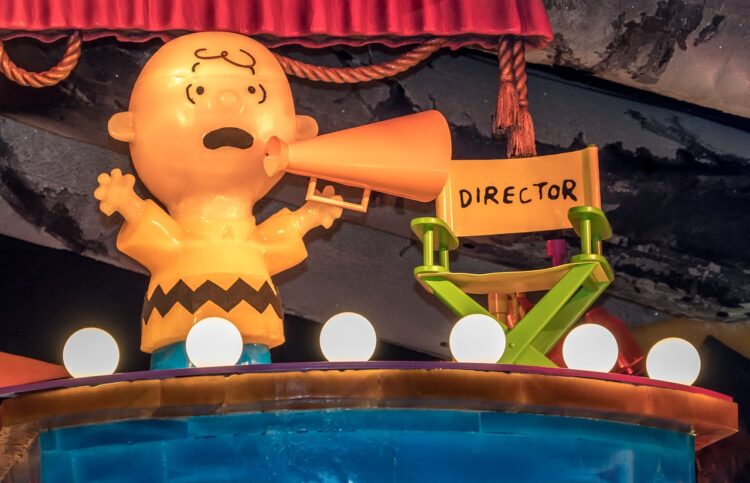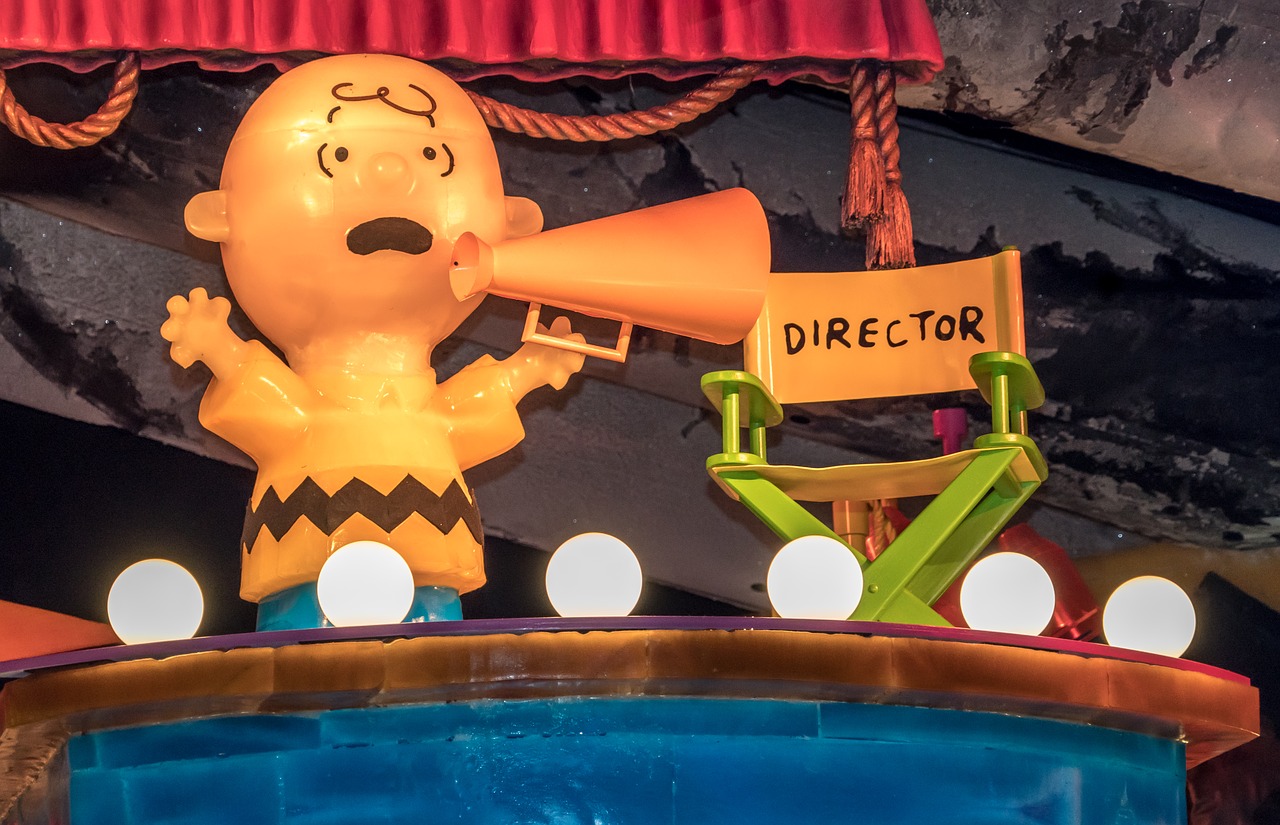I was certain my team was in the minority, a subset of those some 30% of American workers who are engaged in their work (according a recent Gallup survey). That was until Jim stormed into my office, after just finishing a board meeting, red in the face, pounding my desk and demanding- “why do you always do that to Tom”?
“Hugh, do what” I replied, stunned that my COO was so enraged and glaring at me from across my desk.
“You always do that, cut him off in mid-sentence. If you keep this up we are going to lose Tom and we need him. He is vital to our success.” Jim went on, “When you interrupt him like that, he feels like his opinions don’t matter, like he is a second-class member of our team. Do you want to drive him out of here? Because that is exactly where your interruptions will drive Tom- out the door!”
I was in shock. At this time I was relatively new to being a CEO. However, I did not lack confidence. After all, we had just raised $211 million in expansion capital, described by The Oregonian newspaper as the largest private financing in Oregon history. This capital raise landed several prominent, nationally recognized investors on my board. I was laser focused on retaining their confidence and, up to that point Tom’s behavior in these board meetings worried me.
Tom tended to answer questions from our investors with highly technical, long-winded, engineered answers. He was incredibly smart and had the confidence of the entire executive team. Yet, I often squirmed in my seat as I watched the eyes of my board members glaze over. “Come on Tom,” I thought to myself- “these are finance people, just explain that we have addressed their concern and why their capital is not at risk.”
As the CEO I set the board agenda and it was my job to manage the flow, insuring we covered the topics I felt were most important. I felt I could not afford one of Tom’s long, technical detours. Besides, I have a technical background and, after cutting Tom short, I provided our investors with perfectly acceptable answers.
So what’s the problem and why would someone so critical as Tom be looking to leave? We had a winning strategy, we were growing rapidly, we had just completed the largest private financing in Oregon history and we were the envy of our competitors. Who would walk away from that career opportunity?
Tom would, and he was one of our most critical officers.
Thanks to Jim’s figurative gut punch, I modified my leadership approach with Tom. I eventually realized that interrupting Tom fed my need to be the smartest guy in the room. Once I learned to shut up and encourage Tom, he grew into an effective leader and drove constructive dialogue throughout the company, and in these board meetings.
Together Tom, Jim, myself and our other team members built a highly successful company- Integra Telecom. We grew the business from start-up to national prominence, becoming one of the 10 largest fiber based telecom companies in the United States, creating over 2,000 jobs. I co-founded the company and served as its CEO for 13 years.
Attributing Integra Telecom’s success to its employees, I became fascinated by the traits of leaders who defy the national trends, creating organizations that truly engage their workers. Sharing what I learned building my company and after meeting with other leaders of iconic national organizations, I developed the leadership approach I describe as Fusion Leadership, fusing together the combined energy of an engaged workforce.
This story of nearly losing a key executive (Tom) over my need to be the smartest person in the room describes one of many challenges the Fusion Leader navigates in the process of creating engaged employees. Every leader makes daily decisions about who should benefit from allocating company resources, thereby encountering the temptation to feed their own ego and reward themselves. For example, I was using board meetings to feed my ego and demonstrate that I was the smartest person in the room.
If you are a leader (or plan to become a leader) it is vital to examine what message your daily behaviors communicate in terms of how you prioritize the needs of your organization verses your own, ego-driven needs. Consider these common questions every leader encounters:
When you conduct a meeting, who becomes the smartest person in the room?
When you set pay levels, how much do you pay yourself compared to others on your team?
When your organization faces a crisis, who takes ownership?
Who’s job is it to step up for the customer?
These daily decisions present what I describe as the selfish verses collective ego dilemma. How leaders behave when navigating these daily decisions communicates volumes to their employees and organizations. Over time these behaviors lay the foundation for a company’s culture and ultimately determine whether employees become engaged or fall victim to the national norm of some 70% of American workers- who dread Monday morning.




